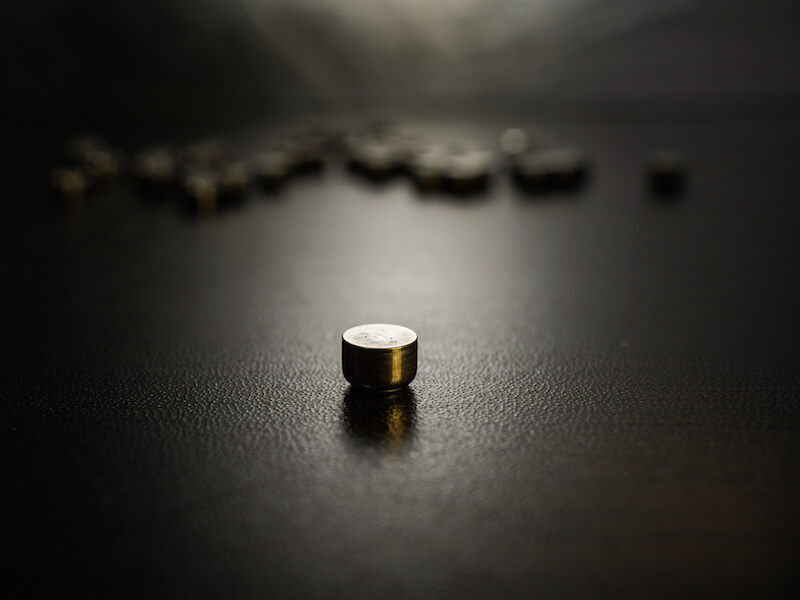
Modern technology has evolved the way we power electronics of every kind, from cameras to phones to music players. For decades, those looking to manage hearing loss have hoped for a similar advancement, and the industry is finally recognizing the promise of a powerful rechargeable hearing aid battery.
Disposable hearing aid batteries have traditionally been the power source of choice amongst manufacturers, with size 312 batteries serving as one of the more common battery types. The most popular form of this battery, now, is “zinc-ion”.
The Downside to Disposable Hearing Aid Batteries
As the name would imply, a zinc-air battery is affected by the presence of air. When it comes to the 312 batteries used in a lot of hearing aids, the user needs to pull a little tab off the back of the battery before it is activated and functional.
They will begin draining power the moment they are completely oxygenated. So the power is draining even if the user isn’t currently using it.
Most users regard the duration of life to be the biggest drawback of disposable batteries. Some reports have cited the standard life expectancy of a size 312 disposable battery to be between 3 and 12 days, which means users could switch out their batteries about 120 times per year.
Because of this, besides having to purchase 120 batteries, the user will have to change and correctly dispose of batteries at least two times every week. That’s most likely over $100 in batteries from a cost outlook alone.
Rechargeable battery Improvements
Rechargeable hearing aid technology has advanced to the point where it’s now a viable solution and that’s great news for individuals who use hearing aids.
Studies have revealed that most individuals overwhelmingly prefer to use rechargeable hearing aids. In the past, these models were not practical because they didn’t hold a charge long enough. However, recent advancements now allow an entire day of use per charge.
Rechargeable batteries won’t save users substantial amounts of money, but they will make quality of life better.
These modern models provide less frustration on top of maintaining a 24 hour charge because the user doesn’t have the burden of continuously swapping out the batteries. They simply need to put the battery on the charger.
When a disposable battery gets near the end of its life it doesn’t run your hearing aid at full power. And you can’t determine how near the battery is to failing. So the batteries could die at the exact moment that a user needs them the most which might even put them in peril. A dead battery will not only result in a safety hazard, it could cause the user to miss out on key life moments.
Hearing Aids Come in Different Types
There are unique advantages to each of the different materials that rechargeable batteries are constructed from. The ability to maintain a charge for 24 hours is one reason why integrated lithium-ion batteries are one worthwhile option that manufacturers supply. You might be surprised to know that this same type of technology is what charges and powers your smart-phone.
Silver-zinc technology is another material used for today’s rechargeable hearing aids. Originally, these innovative batteries were developed for Nasa’s moon missions. With this technology, even your current hearing aids can probably be upgraded to run on rechargeable batteries. Just like lithium-ion, silver-zinc can also provide enough power to last you all day.
There are also models that allow you to recharge the hearing aid without removing the battery at all. During the night, or at some other time when the hearing aid is not in use, the entire hearing aid can be placed directly into the charger
Whichever solution you choose, rechargeable batteries will be substantially better than disposable batteries. You just have to do some research to determine which option is best for your needs.
If you’re searching for more information about hearing aid technology or how to determine the best hearing aid to meet your needs, we encourage you to take a look at our hearing aids section.
